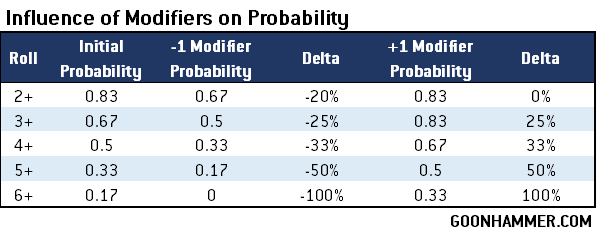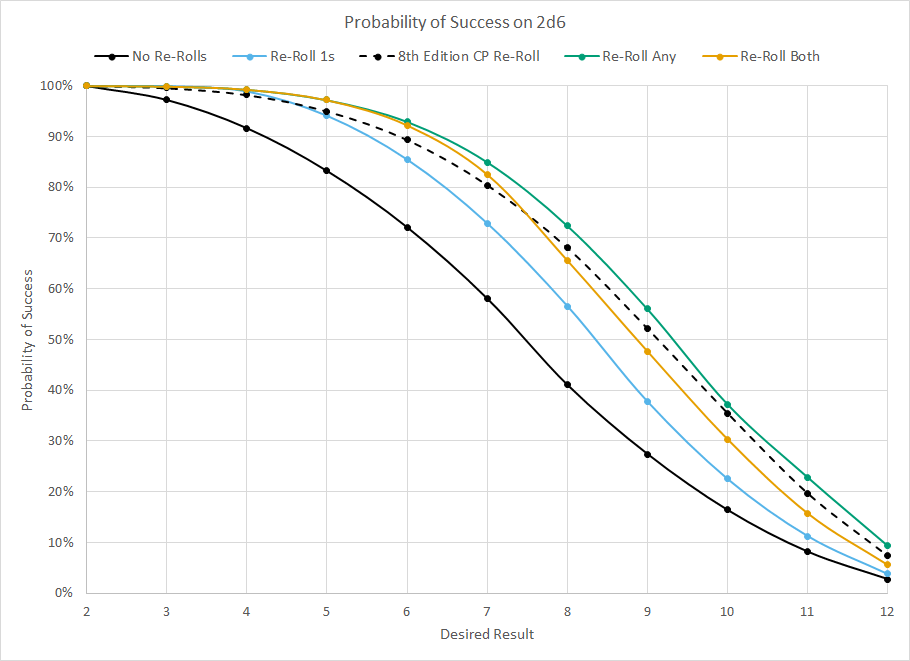This week’s Hammer of Math takes a look at the mathematical impact of the various rules for Necrons in the new book.
The new edition continues to move forward with new books, most recently featuring Necrons and the Adeptus Mechanicus. Those who wanted to ensure the most up-to-date rules for their recreation of the Mechanicus video game are properly soothed, and for the rest of us both books continue to see GW experiment with using the new detachment system to provide variety and flexibility. This article will look at the detachments for the Necrons and also do a bit of a deep dive into some important facets of the new book.
Reanimation Protocols
I wrote about the Index version of Reanimation Protocols back in October, and for the most part the core rule hasn’t changed. Units still get back D3 wounds’ worth of models, and there are a few ways to improve things. What has changed are the synergies and bonuses that make things a bit less insane than before.
- Necron Warriors no longer roll a D6 or D3+3, but re-roll the entire Reanimation Protocol roll instead.
- The Resurrection Orb is a single-use item that allows Reanimation Protocols to be activated at the end of any phase, and replaces the D3 with a D6.
- Canptoek Reanimators still add D3 wounds, but the range is only 3″ instead of 12″.
- Ghost Arks continue to allow one nearby Necron Warrior unit to use Reanimation Protocols after being wounded in an attack.
- The Convergence of Dominion somehow got even less useful, as it no longer provides re-rolls for Reanimation Protocols but instead provides a 6+ Feel No Pain.
- The Awakened Dynasty detachment still has Protocol of the Undying Legion which allows Reanimation Protocols to be activated after an attack.
- The Annihilation Legion detachment can activate Reanimation Protocols for DESTROYER CULT or FLAYED ONES units after they destroy or seriously damage a unit using Murderous Reanimation.
- The Canoptek Court detachment can use the Suboptimal Facade Stratagem to activate Reanimation Protocols for a CANOPTEK unit that was targeted for a Charge and is wholly within their Power Matrix.
- Hypercrypt Detachments can use the Reanimation Crypts Stratagem to activate the Reanimation Protocols of units that are in Reserve.
The end result is that the synergistic effects that made Necrons obnoxiously hard to kill have been largely curtailed, particularly in the case of Necron Warriors. Warriors averaged 3.5 wounds per roll without any support and 5 wounds per roll when near an Objective Marker. The presence of a nearby Canoptek Reanimator increased that by 2. Under the new rules, Warriors average 2.33 wounds per roll without a Reanimator and 4.44 wounds when near one.
Applying Re-Rolls
When comparing a roll to a target number, the decision to use a re-roll is pretty simple. In the case of variable rolls like Reanimation Protocols, the optimal strategy is to re-roll the dice when the current result is less than the average of the roll. In the case of a D3 the average result is a 2, and with a D6 the average result is a 3.5. With a 2D3 the average is a 4, while a D3 + D6 has an average roll of 5.5. What this means is that you should re-roll the Reanimation Protocol when the result is a 1 on a D3, less than 4 on 2D3, and less than 6 on D3 + D6. Note that in the case of a D3 and 2D3 it doesn’t matter if you re-roll on a result of a 2 or 4 respectively; the average result with the re-roll is the same. Re-rolling an average result becomes a question of risk tolerance; the chance of getting a higher roll are the same as getting a lower roll.
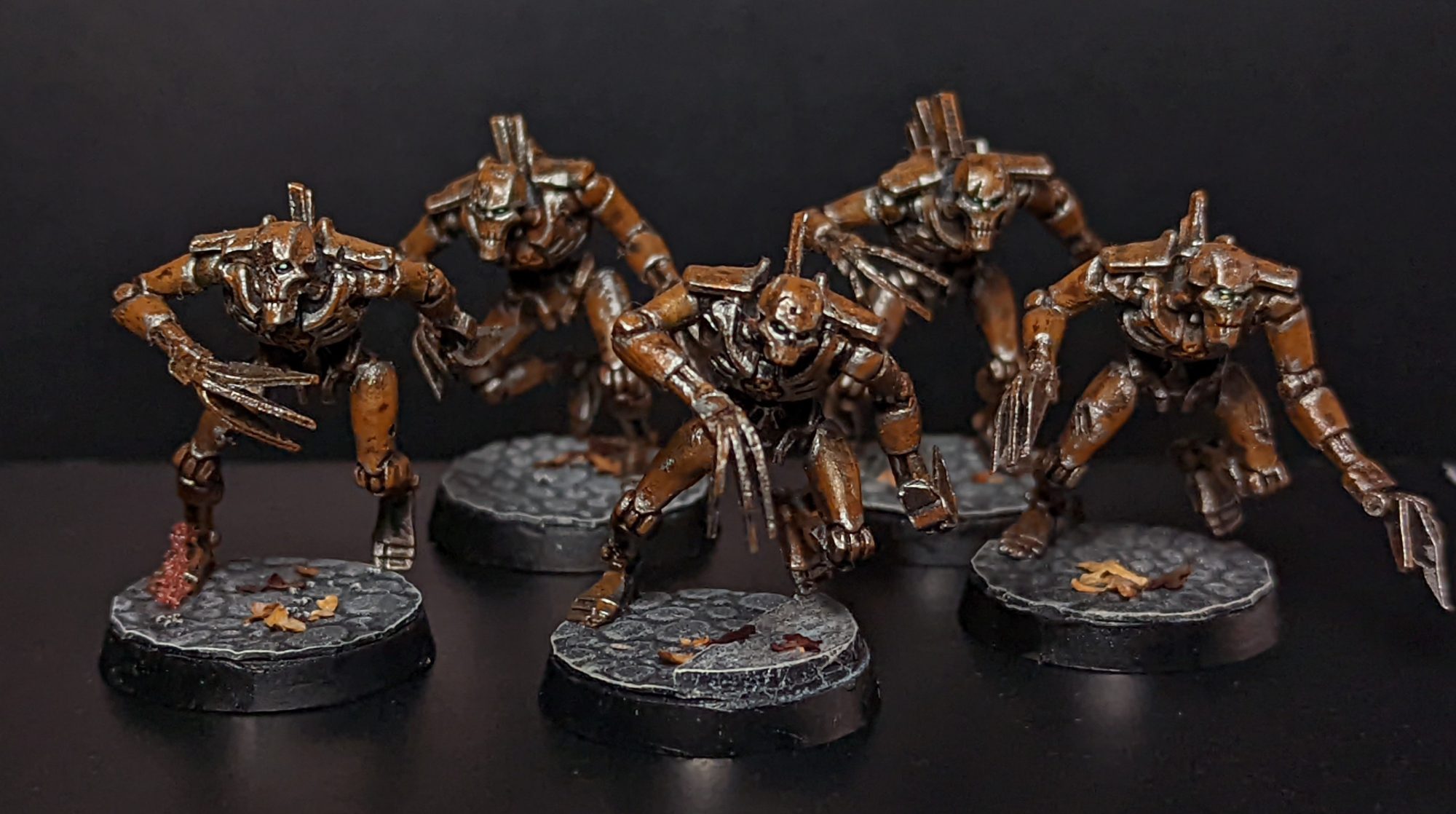
Detachment Rules
The codex contains 5 detachments; the Awakened Dynasty previously featured in the index, and four new ones.
- The Awakened Dynasty detachment provides a +1 to hit for units lead by a CHARACTER, which translates to a 33% improvement for a 4+ to hit and 25% for a 3+.
- The Canoptek Court detachment allows CRYPTEK and CANOPTEK units making attacks to either re-roll Hit rolls of 1 (a flat 17% improvement) or re-roll all hits when wholly within a Power Matrix.
- The Annihilation Legion detachment allows DESTROYER CULT or FLAYED ONES units to re-roll Charge rolls, and add +1 against targets that are Below Half-strength. The chart above shows the impact on re-rolling a 2D6.
- The Obeisance Phalanx detachment adds 1 to the Wound roll for OVERLORD, LYCHGUARD, or TRIARCH units that target one specific enemy unit. The effect on probability can be seen in the chart at the top of this section, and is generally more significant than Hit rolls since Wound rolls against targets of interest are usually lower.
- Hypercrypt Legion detachments can put a portion of their army into Strategic Reserves at the end of their opponent’s turn. There’s nothing quantitative to work with here, but I imagine the Annihilation Legion wouldn’t mind getting closer.
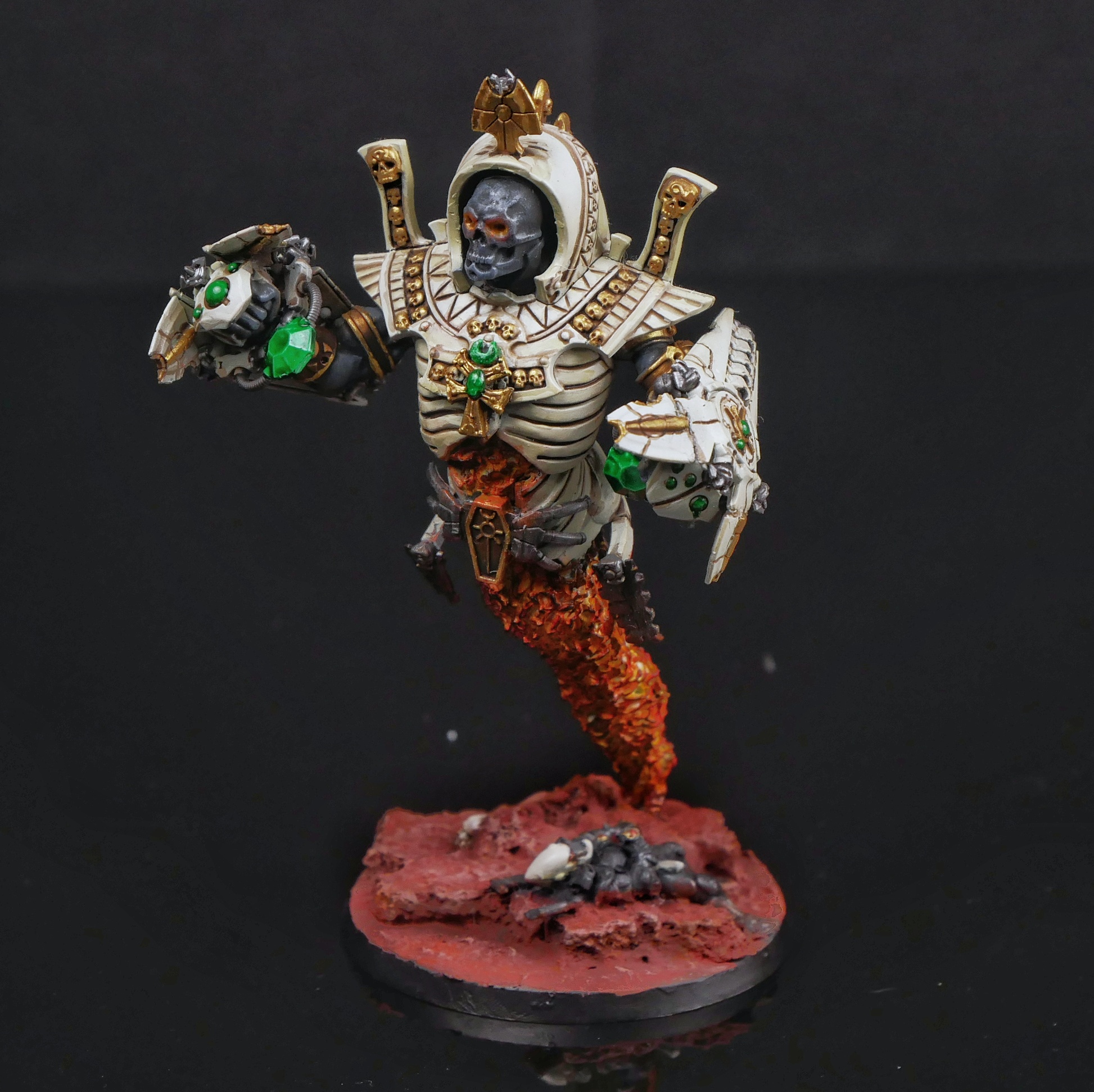
Feel No Pain
Something that players will note is that while the Resurrection Protocols ability is mitigated, the presence of a 5+ Feel No Pain is going to be very prevalent. C’Tan shards all have access to it (while also halving incoming damage), and the Technomancer will be in demand as not only provides a 5+ Feel No Pain but also allows a model within 6″ to gain D3 wounds at the end of each Movement phase. While a 5+ may not seem very impressive, in reality wound-ignoring abilities are extremely potent because they apply to every incoming attack. In other words Feel No Pain applies to damage that had to be inflicted to make up for damage that was previously ignored, and so forth. The chart below shows the effective wounds (EW) that result from this ability. A 10 wound model with Feel No Pain 5+ is equivalent to a 15 wound model with no ability to ignore wounds.
Things get even more interesting when you consider the synergistic effect of damage reduction and Feel No Pain. Every C’Tan has 12 wounds at T11 with Feel No Pain 5+ and halves incoming damage. Damage reduction effectively doubles the C’Tan’s wounds to 22, and then the 5+ Feel No Pain increases that by 150% to a final equivalent value of 33. In other words, the abilities of a C’Tan make it three times more resilient than the stat line would suggest. This also makes every wound that’s returned (such as from Reanimation Protocols) three times more effective than it otherwise looks.
Technomancers vs Chronomancers
While the benefits of Technomancers with a 5+ Feel No Pain are evident, Chronomancers also offer some benefits that should not be overlooked. In addition to providing a significant improvement in mobility, Chronomancers subtract 1 from the Hit roll of all attacks that target the unit the model is leading. In terms of probability the Hit roll can be considered almost an inverted save; from the perspective of the targeted model a 3+ to hit is the same as a 5+ to save as in both cases the chance of nothing happening to the model is 33%. This means you can think of modifiers to rolls like Hit and Wound in terms of EW. For example, a Hit roll of 2+ means that the chance of nothing happening is 1 in 6, or an EW value of 120%. If that Hit roll is reduced to a 3+ then the chance of nothing happening is 1 in 3 (EW value of 150%). This means the change in EW in taking a Hit roll from 2+ to 3+ is 30%, or better than a 6+ Feel No Pain. Taking a Hit roll from 3+ to 4+ is equivalent to a 5+ Feel No Pain, meaning that Chronomancers should not be overlooked when thinking about how to preserve Necron Warriors and Immortals if a player wants to use Technomancers on Wraiths.
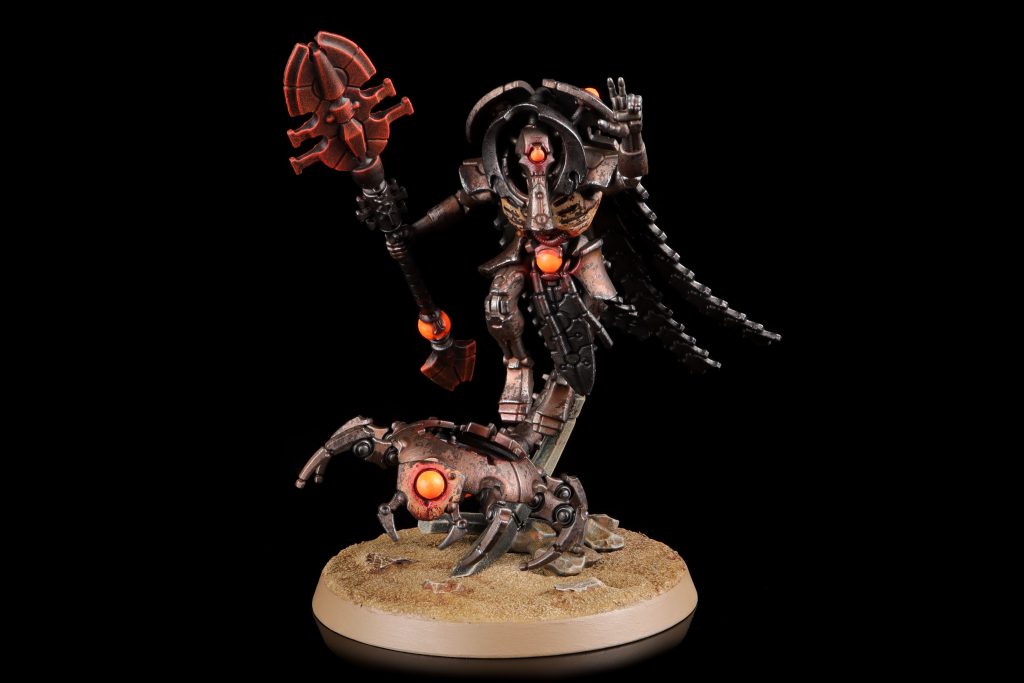
Wrapping Up
The new Necron book offers some changes that players will require some adjustments, particularly when you look at Reanimation Protocols. The elimination of synergistic effects and reduction of auras makes them significantly less resilient, but there are other options which will offset that. Players should take a close look at Technomancers and Chronomancers if they want to make their units more resilient, and C’Tan got particularly hard to kill thanks to the combination of damage reduction and Feel No Pain. The detachments also contain a variety of interesting and useful effects, with the Canoptek Court looking particularly effective.
Thanks for reading! If you have any questions or comments feel free to drop us a note in the Comments below or email us at contact@goonhammer.com. That’s also the best way to suggest topics for future articles.

